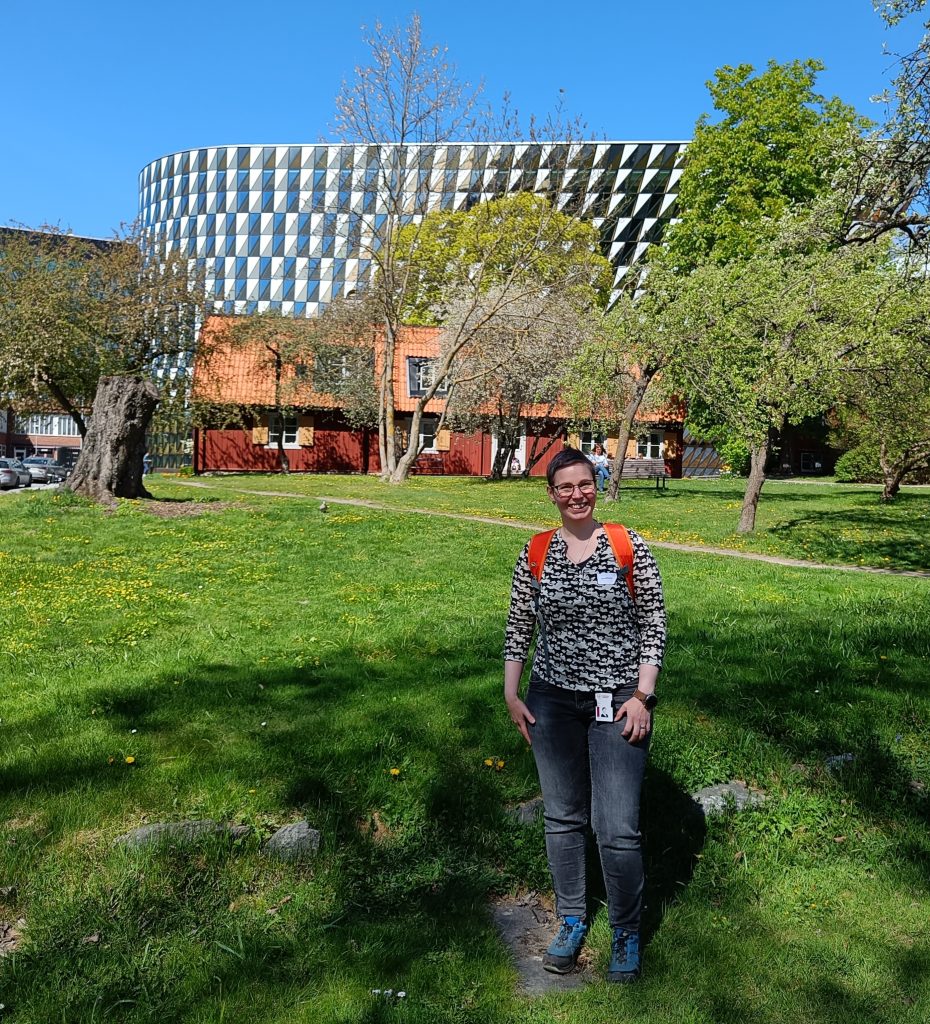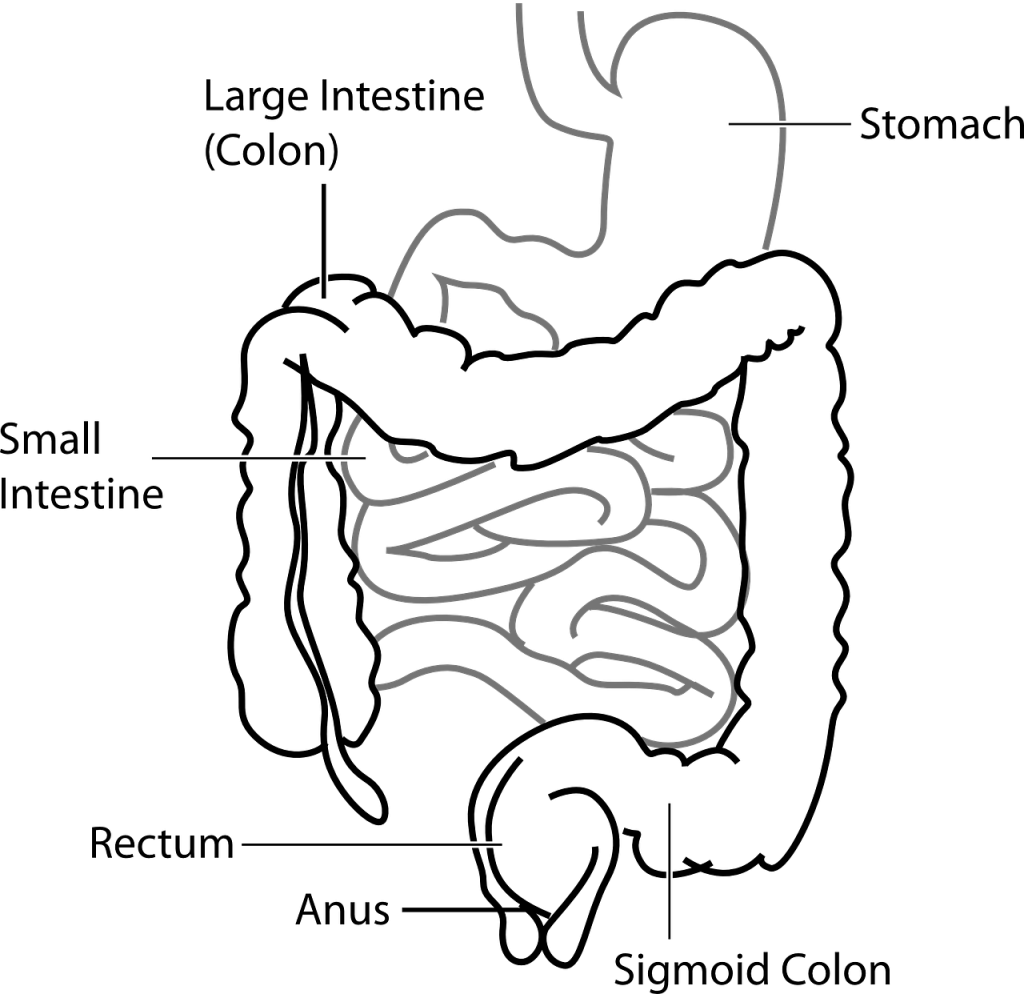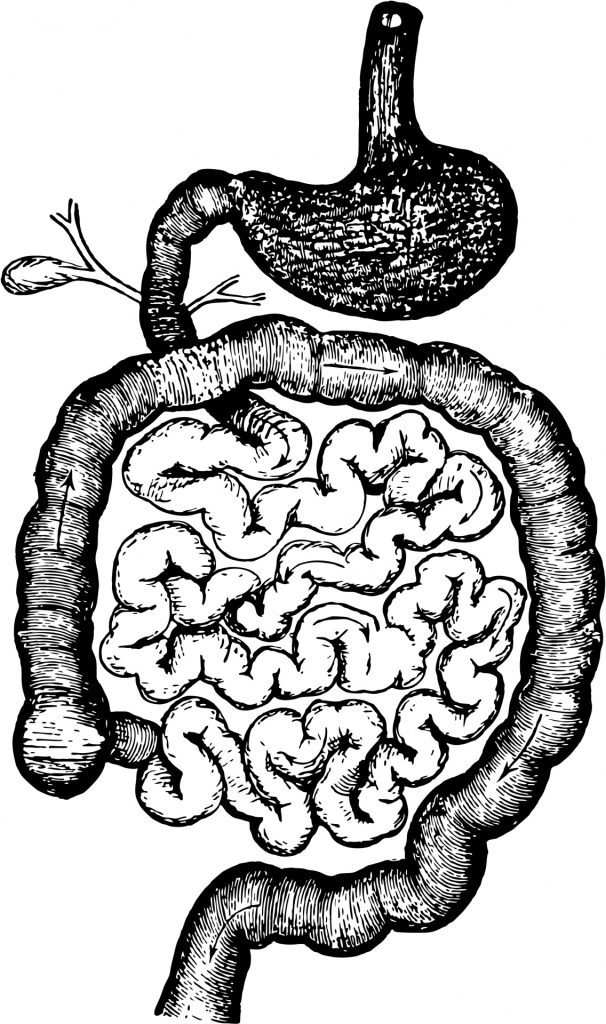There is no deny there is a gap between the industry and academia in all fields and disciplines. This can be reasoned by most industries being more resource efficient, and heavily reliant on strong, collaborative teamwork in comparison to academia-the kind of quickly changing, tense atmosphere that is very difficult to synthesise in academic environments.

This does not necessarily take away from the value of academic education where cumulative knowledge is religiously sought. Instead, it speaks of the value of both the industry and academia, the dire need to build bridges between the two.
Continue reading


